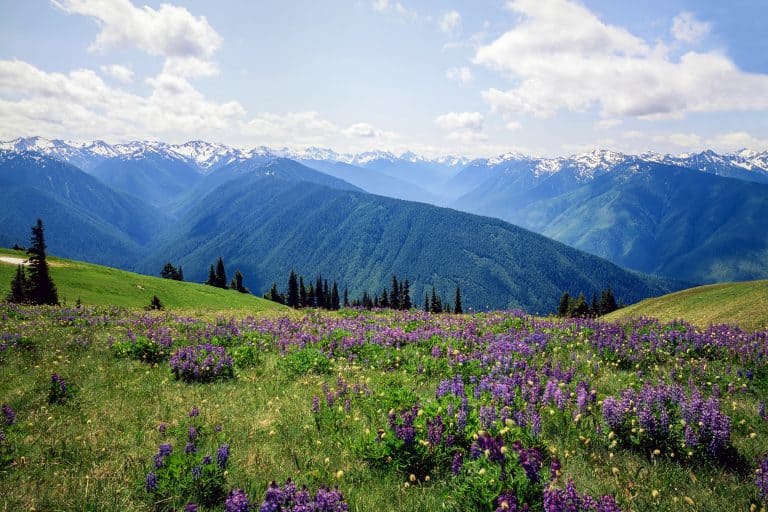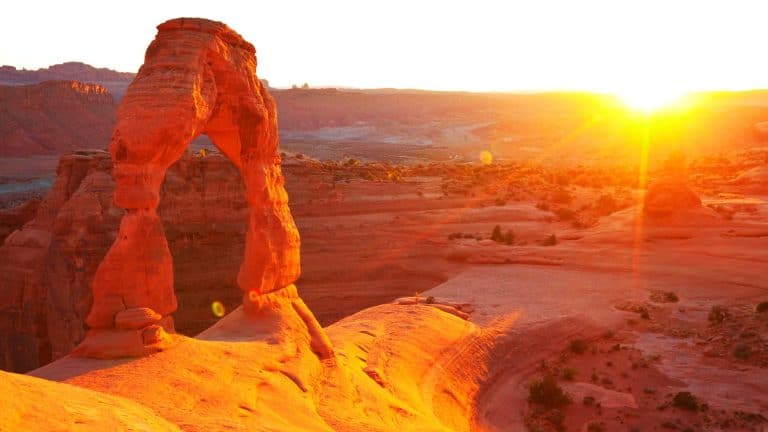Discover Parks & Wildlife contains affiliate links and is a member of the Amazon Services LLC Associates Program. If you make a purchase using one of the Amazon links, we may receive compensation at no extra cost to you. We may also use select AI tools to support our creative process, but all content is reviewed, refined, and finalized by our human team. See our disclosure policy and our AI use policy for more information.
15 Smallest National Parks That Prove Size Doesn’t Matter For Stunning Scenery
Looking for a quick escape that doesn’t involve endless trails or hours of driving within the park? Perfect! Then say hello to some of the tiniest national parks out there. They are a perfect solution for those of us who want a slice of nature without committing a whole week to it.
These small-but-mighty parks may not cover hundreds of thousands of acres, but they pack enough beauty, charm, and adventure into their compact spaces to leave you wondering why you’d need anything bigger. And they’re ideal for a day trip or weekend stop, offering all the hiking, sightseeing, and wildlife you need to recharge… without overdosing on planning or time.
Plus, since they’re smaller, it’s easier to explore everything they’ve got, which means more time to relax afterward. Sometimes good things really do come in small packages. Now, grab your water bottle and get ready for some bite-sized exploring perfection.
Gateway Arch National Park, Missouri

Tiny but mighty, Gateway Arch National Park may be laughably small (less than 3% of the next smallest U.S. national park’s size), but it compensates with big-city energy and a massive stainless-steel arch to match.
But this 630-foot masterpiece isn’t just for show; it’s actually the tallest monument in the United States and holds the crown as the tallest stainless-steel structure in the world. The park also celebrates St. Louis’s role as the “Gateway to the West,” so if you’re ready to channel your inner pioneer (minus the oxen and wagons), this is the place to stretch your legs and your imagination.
Don’t forget you can take a tram to the top of the arch for eyebrow-raising views you won’t get anywhere else. Just don’t look down too long.
Hot Springs National Park, Arkansas

Sure, most parks have waterfalls or scenic overlooks, but Hot Springs threw thermally-heated water into the mix and called it a day. Its 47 natural springs have been channeling water heated over 4,400 years… yep, this water started its underground adventure when the pyramids were still construction projects.
Nowadays, the park’s historic bathhouses offer a vintage spa experience or, even better, a sip of refreshment. What? Turns out, one bathhouse converted into a brewery that uses the thermal water in its beer. Only here can you say your drink might be older than civilization.
So whether you’re soaking in the history, bottling up some water for good luck, or enjoying an ancient brew, Hot Springs brings literal heat to your next adventure.
Virgin Islands National Park, U.S. Virgin Islands

Two-thirds of St. John is paradise on a platter, wrapped up as Virgin Islands National Park. White sand beaches? Check. Crystal-clear waters? Absolutely.
But it’s not just postcard perfection; this park is a superstar in biodiversity, blending both marine and terrestrial ecosystems like it’s no big deal. Home to around 130 bird species, 400 reef-associated fish species, and a kaleidoscope of coral life, it’s also a UNESCO biosphere reserve. And kayaking through mangroves or snorkeling among vibrant reefs might make you wonder why you don’t live here full-time.
Sure, it’s not a giant park by size, but what it lacks in acreage it more than makes up for in jaw-dropping beauty and wildlife that make every visit feel like the dreamiest biology lesson of your life.
National Park of American Samoa, American Samoa

Want to feel like you’ve truly gone off the grid? Say hello to America’s national park in the Southern Hemisphere. That’s right, the National Park of American Samoa is the only U.S. park south of the equator, and it’s bringing tropical rainforests, incredible coral reefs, and fruit bats into the mix.
Did you know that fruit bats (AKA flying foxes) are the only land mammals in this far-flung oasis? And these furry flyers might be the real MVPs of the park, pollinating trees and generally keeping things lush. Speaking of lush, snorkeling here will put you face-to-face with some of the healthiest coral reefs around.
So if you’re looking for a destination with less “crowded trail” energy and more “personal paradise” vibes, this park is worth the extra effort to get there.
Indiana Dunes National Park, Indiana

Who knew Indiana was hiding one of the most biologically diverse spots in the entire USA? Indiana Dunes National Park is proof that prairie landscapes and sandy shores can mix (and mix well).
With more than 1,100 plant species and a bustling bird scene, this place is a hotspot for nature nerds and casual explorers. From hiking trails that weave through forested dunes to beaches begging you to kick off your shoes, the park offers something for everyone.
And yes, you’ll leave feeling smarter thanks to those well-marked trails that casually toss nature trivia at you without being annoying. Between its rich biodiversity and relaxing views, this park makes it easy to forget you’re in the Midwest.
Pinnacles National Park, California

Pinnacles National Park isn’t just a random stop-off in California; it’s a geological oddball turned adventurer’s paradise. Once part of an ancient volcanic field, it now shows off dramatic spire formations and talus caves that look like they belong on another planet.
These caves, formed by falling boulders wedging into narrow canyons, are perfect for a flashlight-lit crawl where you’ll feel part explorer, part first grader on a field trip. But the real showstoppers are the endangered California condors soaring above.
If learning about rock formations while dodging bat colonies doesn’t scream “outdoor escapade,” I don’t know what does. Pack a headlamp and a sense of wonder… and maybe some trail mix for motivation.
Congaree National Park, South Carolina

Congaree isn’t your ordinary stroll through the woods. Instead, this is where you’ll find the Southeast’s towering giants, the old-growth hardwoods with roots soaking up life from annual floodplains. And despite hosting up to ten floods a year, the park keeps calm and lets nature do its thing.
Ever seen a tree so tall it makes you question your achievements? Congaree’s “champion” trees will give you a solid dose of humility. The place is also alive with crickets, frogs, and an ecosystem so bustling it feels like a leafy metropolis.
Add a canoe or kayak ride through the watery channels, and suddenly you’ve unlocked the scenic version of nature’s water park. Just make sure your shoes are waterproof.
Black Canyon of the Gunnison National Park, Colorado

Black Canyon of the Gunnison isn’t here to be subtle. Its jagged cliffs drop so steeply that sunlight barely graces parts of the canyon floor.
The Gunnison River carved this epic marvel with the determination of an overachiever, tumbling more than 40 feet per mile. That’s six times steeper than the Colorado River through the Grand Canyon, which, frankly, feels like a humble brag. And standing at the rim, the sheer scale will have you rethinking the word “vast.”
Stargazers? Get ready for skies so crisp you’ll start questioning why you still live in light-polluted suburbia. Word to the wise, though, don’t get too cocky near the edge. Gravity doesn’t forgive.
Cuyahoga Valley National Park, Ohio

“Cuyahoga” translates to “crooked river,” which feels like an understatement of the century the second you spot its wild curves. And the park itself is what happens when nature and civilization agree to share custody of this gorgeous twisty river and the acres of preserved land around it.
Beyond the lush landscape, you’ll stumble across historic canals, charming covered bridges, and a whole heap of greenery hiding over 1,100 plant species. It’s a patchwork of city, state, and national preservation types, meaning you’ll spot hikers, bikers, and maybe even a yoga group all soaking in a park that feels welcomingly eclectic.
Don’t miss the Towpath Trail while you’re there; it delivers a dose of nostalgia with a side of “Wow, I had no idea Ohio could be this cool.”
Haleakala National Park, Hawaii

Haleakala National Park guards a dormant crater so massive it could swallow an entire city. In fact, it’s 20 miles in circumference, with rim heights that could outdo a few skyscrapers. That’s pretty big if you ask me.
But the park’s not just about the crater; it’s an “endangered species island,” boasting more rare native species than any other U.S. national park. And sunrise here feels less like checking off a bucket list item and more like attending a celestial event. Be forewarned, the early wake-up is rough, but the payoff is surreal.
When you’re done marveling at the crater’s immensity, hiking through its alien terrain will remind you that beaches are cool, but ancient volcanic landscapes are on another level entirely.
Wind Cave National Park, South Dakota
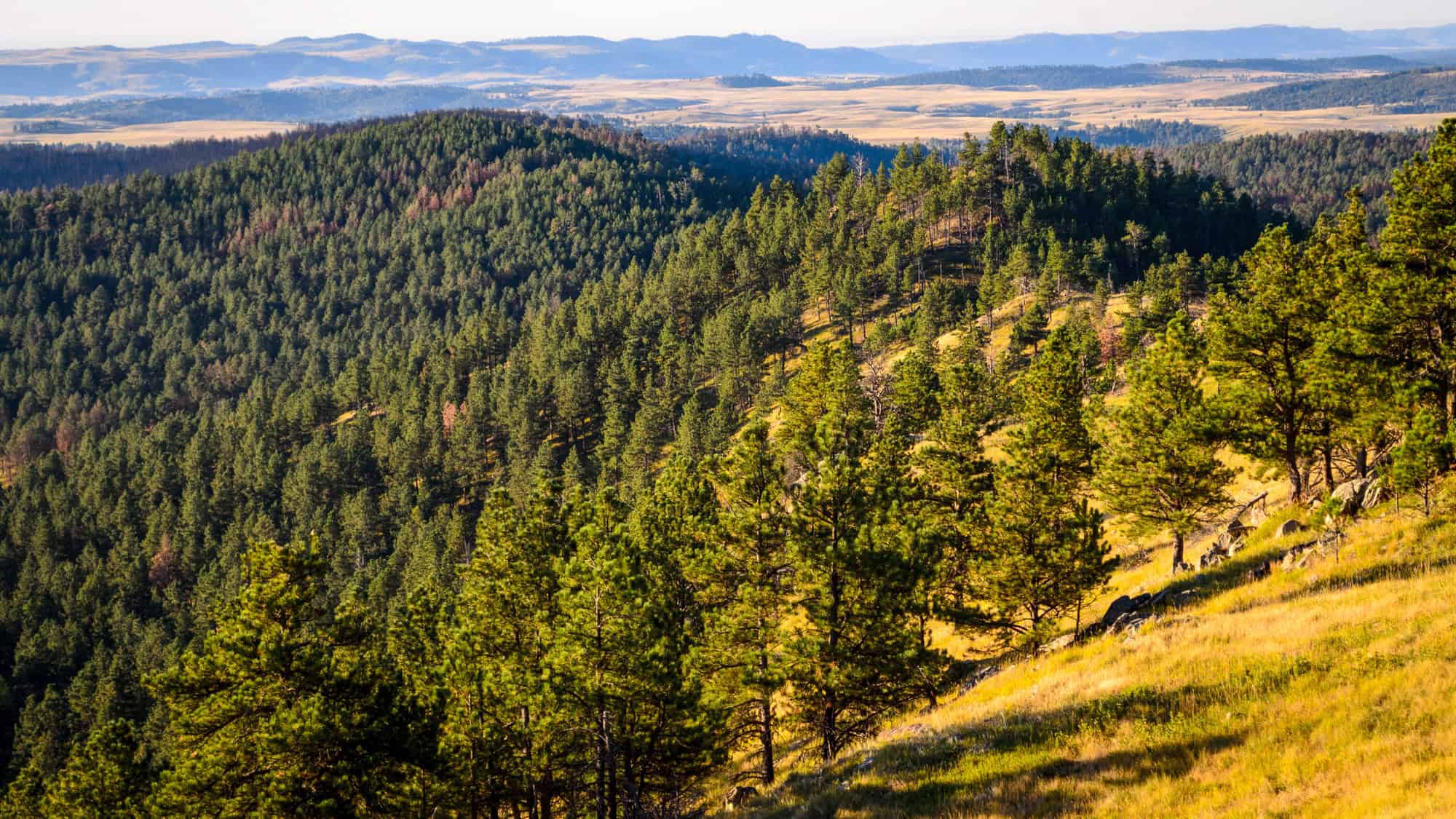
Hidden beneath South Dakota’s unassuming grasslands lies a labyrinth so intricate it’ll make your GPS weep. Did you know that Wind Cave boasts 95% of the world’s known cave boxwork formations? Yep, they are fragile, honeycomb-like calcite masterpieces that look like nature’s mosaic obsession.
Aboveground, the mixed-grass prairie may lull you into thinking it’s serene and simple, but below, the cave is a dizzying 150-mile network of tunnels just waiting to leave you marveling… or mildly claustrophobic. Turns out, it’s one of the longest caves in the world, which begs the question: how did they even find their way out?
Plus, when you are done underground, don’t miss the chance to watch prairie dogs pop out of their little burrowed suburbs. They’re the unofficial tour guides of this double-decker wonderland.
Bryce Canyon National Park, Utah
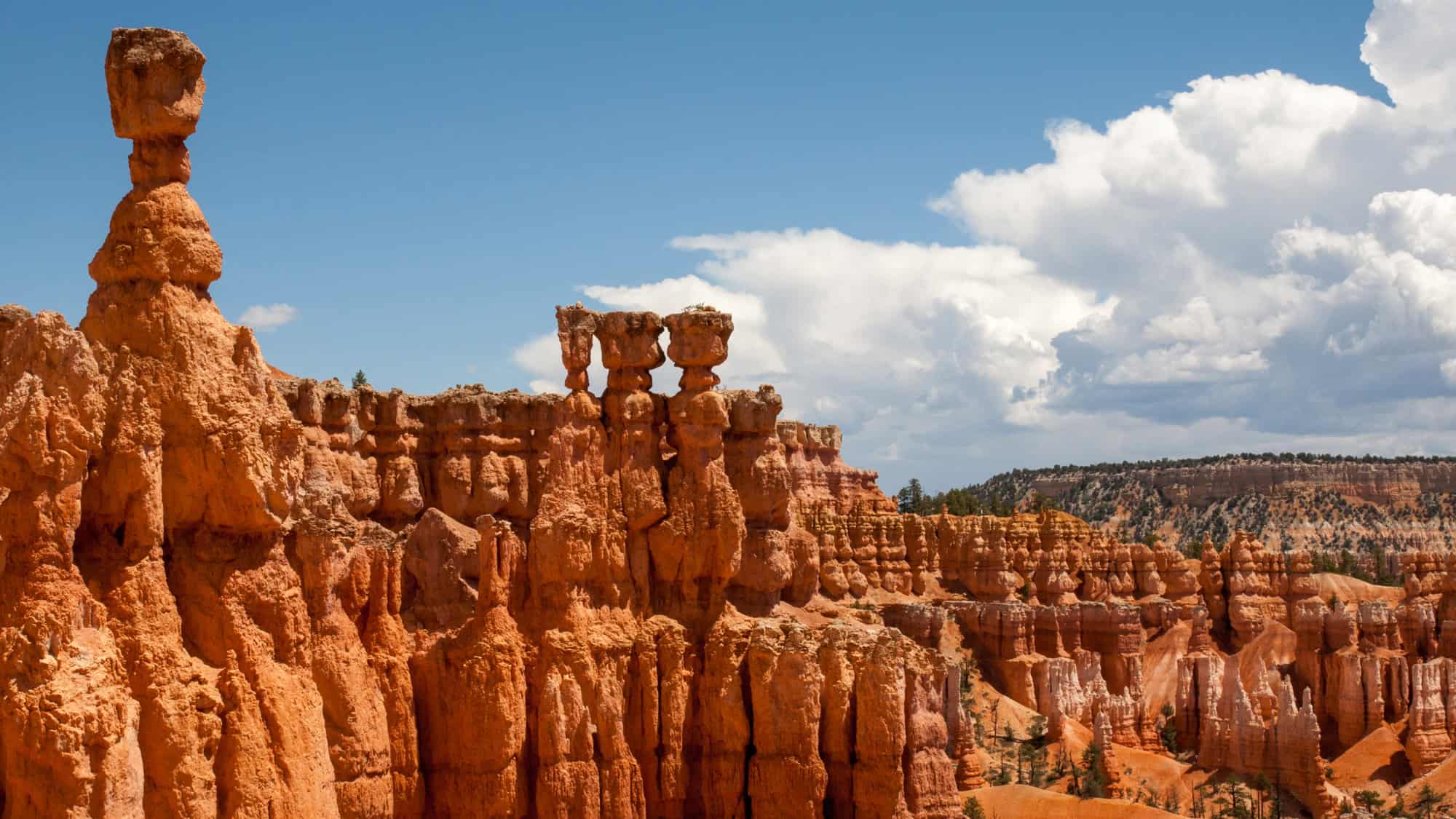
First things first, Bryce Canyon is not really a canyon (talk about an identity crisis). It’s actually an erosional amphitheater filled with the most bizarre rock formations called hoodoos. And no, that’s not a dance move, though these tall, spindly spires look like they’re mid-performance in the planet’s most exclusive concert of erosion.
Home to the densest collection of hoodoos on Earth, it’s where nature’s wild imagination went all out. Sunrise and Sunset Points are pure magic, but if you ask me, every angle is a showstopper.
Pro tip for budding geologists or selfie enthusiasts: keep your balance while hiking the rim trails. Falling here not only bruises your ego but might land you closer to the hoodoos than intended.
Carlsbad Caverns National Park, New Mexico

Prepare to feel ridiculously small as you step into the “Big Room” at Carlsbad Caverns, which covers a jaw-dropping 8.2 acres. It’s the diva of North American caves, holding court under the Chihuahuan Desert.
Over 300 limestone caves, born from 250-million-year-old reefs, fill the park, each whispering tales of time, sea creatures, and geological chaos. And the descent into this natural marvel comes with bats; thousands of them, emerging en masse at sunset to hunt. It’s both thrilling and mildly unsettling if you’ve seen certain vampire movies.
With its alien-like stalagmites and drapery formations, this cavern scene is nothing short of a subterranean art gallery. Bonus? You get to casually boast about visiting one of Earth’s largest accessible cave chambers.
Acadia National Park, Maine
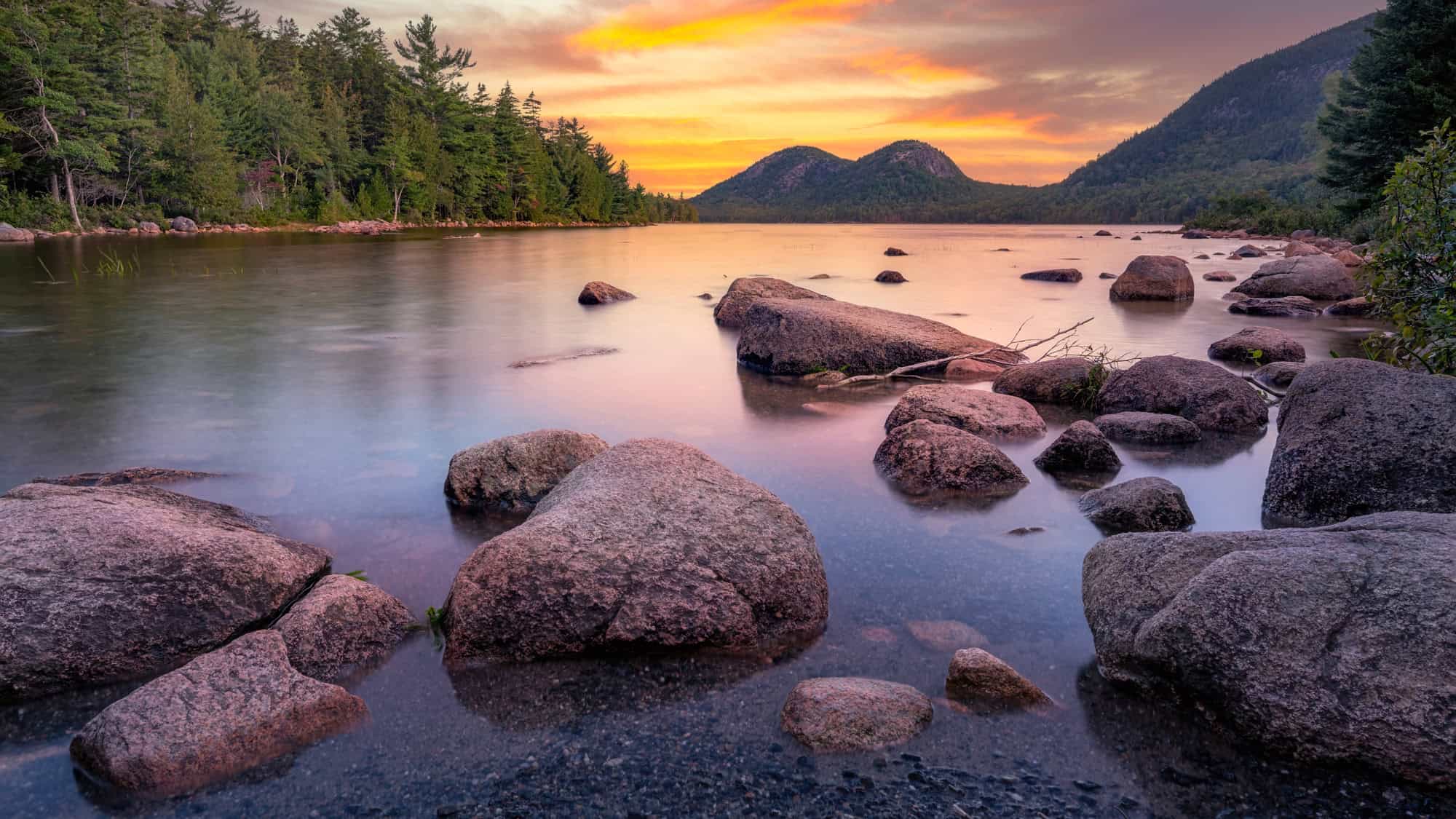
Who knew that a network of carriage roads could be a masterpiece? Someone tell John D. Rockefeller Jr. his vision for “non-motorized use” in the 20th century has become every outdoorsy traveler’s dream hike or bike session.
These 50-plus miles of pristine pathways zigzag through one of America’s most scenic national parks, complete with granite bridges so hand-carved they’d make Michelangelo jealous. Toss in sweeping views of jagged coastlines, forested hills, and Cadillac Mountain, and this park becomes more than a postcard; it’s an epic escape.
So whether you’re saddling up on a bike or hoofing it in hiking boots, you’ll feel like you’ve wandered into a New England fairy tale. But with fewer witches, obviously.
Mesa Verde National Park, Colorado

Time travel might not be real, but wandering Mesa Verde’s cliff dwellings is probably the next best thing. Over 4,000 sites, including 600 jaw-dropping homes nestled into sheer rock faces, tell the story of the Ancestral Pueblo people.
Just think about it for a second. They didn’t have cranes, drills, or fancy tool belts, and yet they managed to build in places so jaw-droppingly precarious that modern contractors would politely run in the opposite direction. And if that’s not enough, this archaeological wonderland is also a UNESCO World Heritage Site. Translation? It’s globally certified awesome.
Clamber across the rugged terrain, peek inside those ancient homes, and try not to question how these folks managed all this without collapsing from vertigo. Indiana Jones wishes he worked here.
Like Our Content? Follow Us on MSN (or click the Follow Button above) for more from Discover Parks & Wildlife.
14 National Parks That Will Ignite Your Love for Stargazing
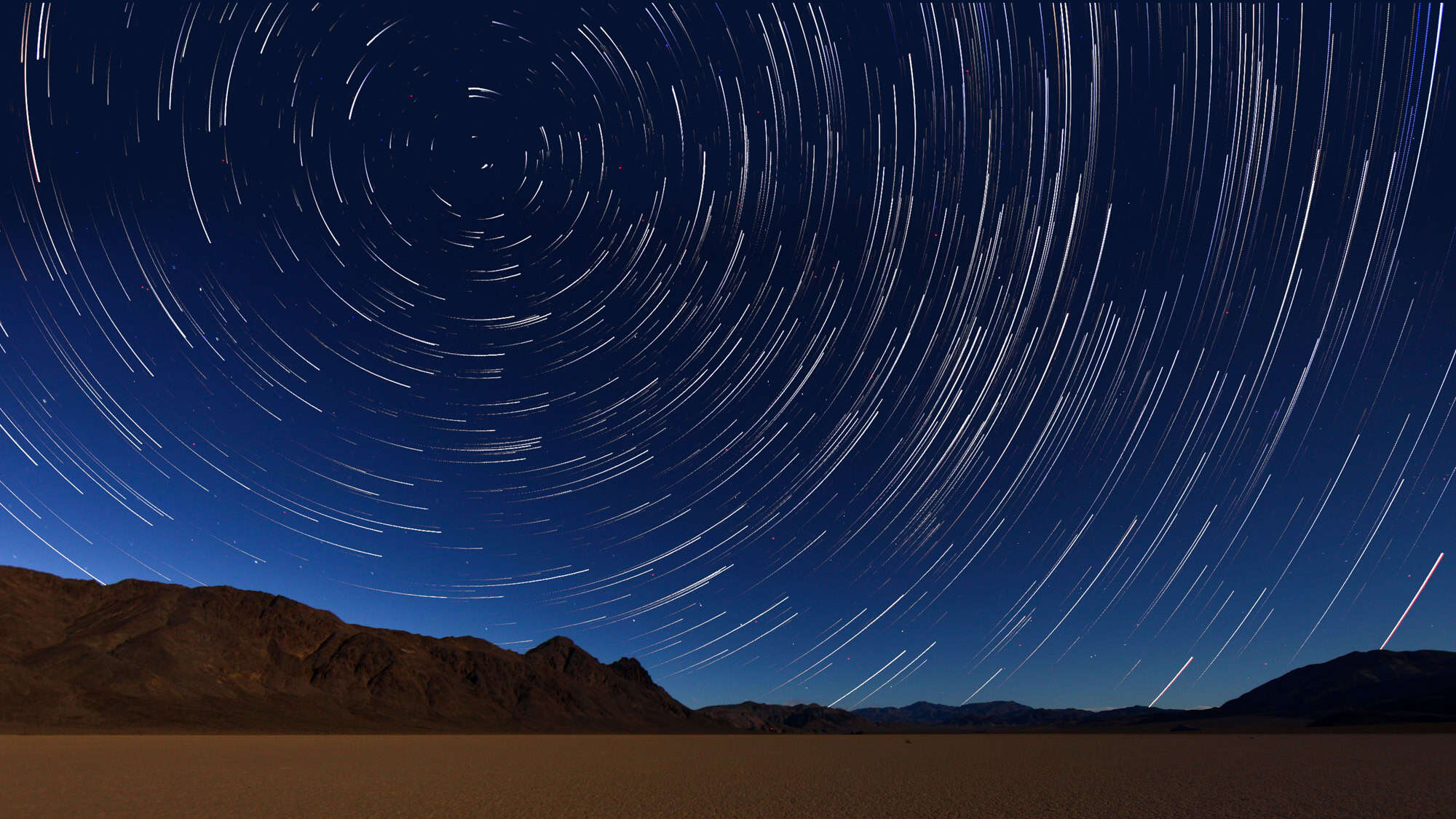
Leap into this celestial journey and find out which national parks will have you contemplating life among the stars. Who knew gazing at the night sky could be this mesmerizing?
12 National Parks You Can Easily Explore Over A Weekend

Think you’re too busy to soak up some nature? Think again, becuase these National Parks are perfect for a quick weekend escape.
12 Stunning National Treasures That Welcome Cyclists

Feeling the need to pedal your way through some breathtaking scenery? Check out these stunning spots that roll out the red carpet for cyclists. Who needs a gym when you’ve got National Parks?



